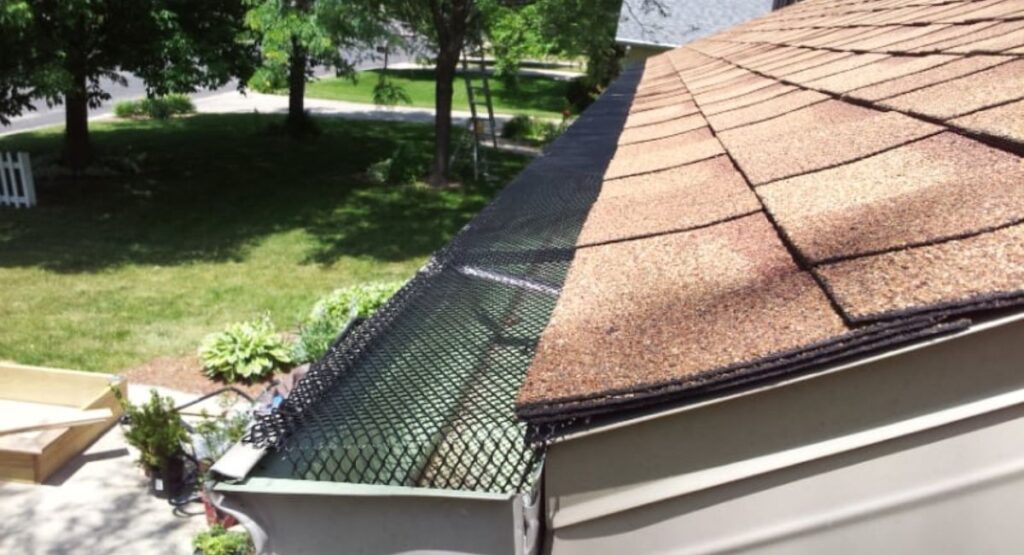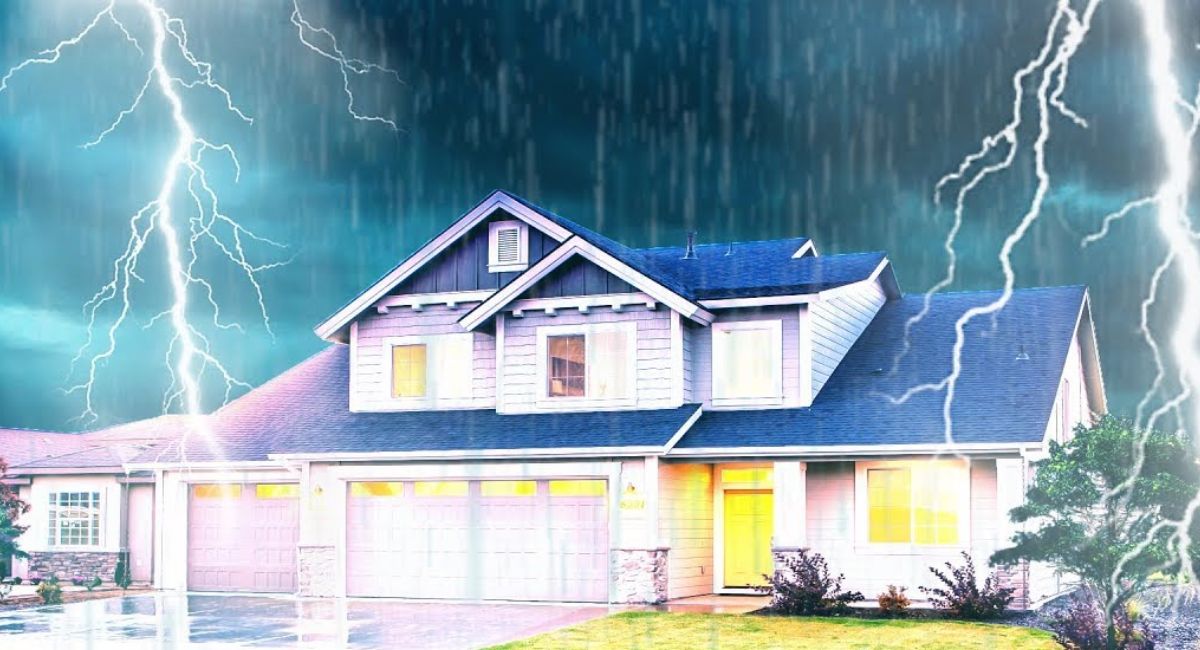Your roof is your first line of defense against nature’s most hostile elements. When heavy rain and storms strike, a weak or neglected roof can lead to costly repairs, leaks, and water damage inside your home. Learning how to protect your roof from heavy rain and storm damage helps prevent small issues from turning into major disasters.
Storms bring more than just water; they often arrive with high winds, flying debris, and even hail. Without preparation, these conditions can damage shingles, gutters, flashing, and the overall structure of your roof. By taking proactive steps, you can safeguard your home, improve durability, and enjoy peace of mind when the weather gets rough.
Regular Roof Inspections and Early Warning Signs

Regularly inspecting your roof is one of the best ways to prevent damage from heavy rain and storms. Over time, shingles loosen, flashing weakens, and small leaks can form without you noticing. Early warning signs like cracked shingles, loose flashing, or damaged vents should never be ignored.
A professional roof inspection once or twice a year is highly recommended. Experts can identify hidden issues such as water stains in the attic, sagging spots, or soft wood that signals moisture damage. These inspections not only extend the lifespan of your roof but also save you from emergency storm repairs.
Signs of Roof Damage Homeowners Often Miss
Many homeowners overlook subtle indicators of roof trouble. For example, water stains in the attic, tiny leaks near chimneys, or mold around roof edges often point to moisture intrusion. If you spot daylight shining through boards in the attic, that’s a red flag too. Catching these issues early keeps heavy rain from turning a small crack into a full-blown leak.
Strengthening Your Roof With Durable Materials
Choosing durable roofing materials is another key strategy in how to protect your roof from heavy rain and storm damage. Storm-resistant materials like impact-resistant shingles provide extra protection against hail and flying debris. Class 4 shingles, the highest rating, are specifically tested to withstand severe impact and can even lower your insurance premiums.
The durability of metal roofing makes it an excellent choice for high winds and heavy rains. By investing in long-lasting materials, you strengthen your home’s defenses and avoid costly storm-related repairs in the future.
Choosing Impact-Resistant Shingles for Better Roof Protection
You should consider investing in impact-resistant shingles if you live in an area prone to storms. Class 4 shingles provide maximum protection against hail and debris, making them an excellent choice for homeowners seeking long-term solutions. Installing these shingles is one of the most effective ways to protect your roof from heavy rain and storm damage.
Repairing Flashing, Chimneys, and Roof Vents
The storms can damage the flashing on a roof. In order to keep water out, the material is usually placed around roof edges, vents, and chimneys. If your flashing is broken or absent, allowing a lot of rain to enter your house, you could have serious issues.
Reinforcing roof edges, replacing old flashing, and resealing chimneys and vents are crucial steps when planning roof storm protection. A little maintenance here can save thousands in repairs later.
Also Read: How to Plan a Kitchen Remodel Without Stress
Keeping Gutters and Downspouts Clear

Your gutter system plays a major role in protecting both your roof and your home’s foundation. Water backs up and collects on roofs whenever gutters get clogged with leaves, dirt, or other debris. Over time, this leads to leaks, rot, and even damage to your home’s walls and foundation. Regular gutter cleaning tips, like clearing debris twice a year, help prevent these issues.
As crucial as downspouts are, they are crucial because they divert water away from your foundation. Installing downspout extensions ensures water flows far enough from your home to prevent flooding. Adjusting gutter hangers for proper water flow is also a simple but powerful way to prevent water damage during storms.
Gutter Guards and Extensions for Better Protection
If you want to avoid climbing a ladder after every storm, gutter guards are a game-changer. They keep out leaves and debris while allowing rainwater to flow freely. Pairing guards with downspout extensions creates a reliable drainage system that prevents water backup on your roof and keeps your foundation safe from excess moisture.
Managing Trees and Yard Safety
Overhanging trees are a common source of roof damage during storms. While falling limbs can result in disastrous holes in the roof, branches rubbing against tiles erode them. Trimming overhanging trees regularly reduces this risk and prevents debris from piling up in gutters.
It’s also important to remove dead or diseased trees before storms arrive. Weak trees are more likely to fall and damage your home. Patio furniture and other tiny objects in your yard might turn into hazardous projectiles. Tie down outdoor furniture and store loose items during storms to safeguard against flying debris.
Storm Preparation and Emergency Planning
Preparation before a storm hits is the best way to avoid costly roof repairs. Start by weatherproofing your roof—reinforce edges, secure loose shingles, and seal any gaps. Emergency roof repair prevention measures, such as installing hurricane straps for roofs, can dramatically improve your home’s resilience against high winds.
A storm preparation checklist for homeowners might include:
- Inspect and repair flashing, chimneys, and vents
- Clean and secure gutters and downspouts
- Trim nearby trees and remove loose branches
- Tie down outdoor furniture and yard items
- Double-check your attic for water stains or leaks
By taking these proactive steps, you’ll fortify your roof against harsh weather and minimize damage even during severe storms.
Insurance and Financial Protection
The finest preparations cannot prevent storm damage. That’s why understanding your home insurance policy is crucial. Many providers offer coverage for hail damage prevention or storm repairs, but some exclude flooding or require special riders. By reviewing your policy now, you won’t be surprised later.
If damage does occur, document everything for your home insurance storm claims. Photos, inspection reports, and repair receipts speed up the claims process and increase your chances of fair compensation. Staying proactive with maintenance also shows insurers that you’ve taken reasonable steps to avoid costly roof repairs, which works in your favor.
Conclusion
Protecting your home from storms begins at the top. By learning how to protect your roof from heavy rain and storm damage, you’re not only preventing leaks and costly repairs but also keeping your family safe and comfortable. From regular inspections and durable materials to gutter maintenance and storm prep, every step makes a difference.
With proactive roof maintenance, you can avoid water backup, safeguard against flying debris, and prevent leaks and mold growth. A strong, well-prepared roof gives you peace of mind knowing your home is ready to handle whatever the weather throws its way.
Read Also: How to Keep Your Denim Jacket Looking Fresh

“As founder of Namezroot, Muhammed Serum blends passion and creativity to bring readers content on names, lifestyle, travel, and more.”

